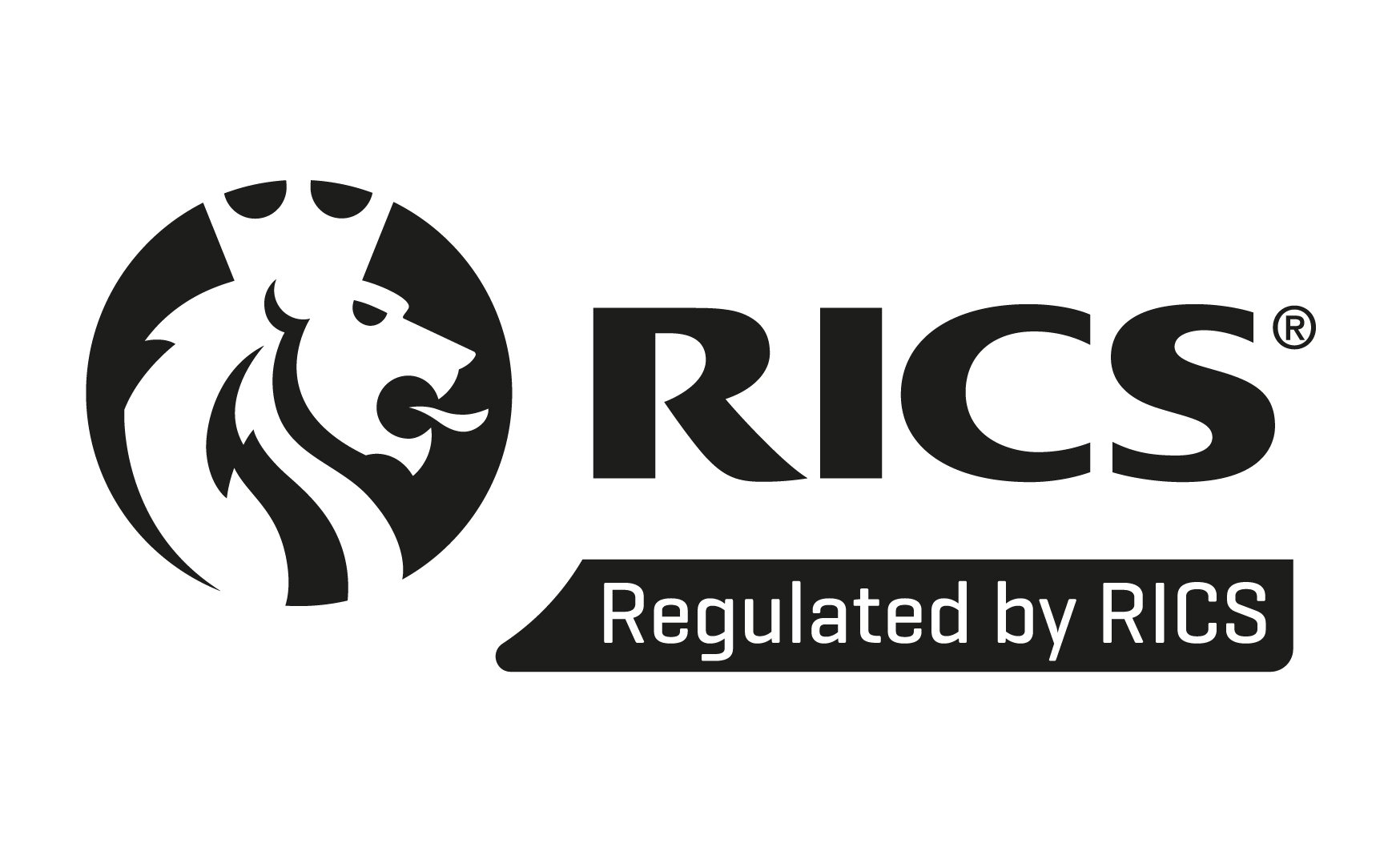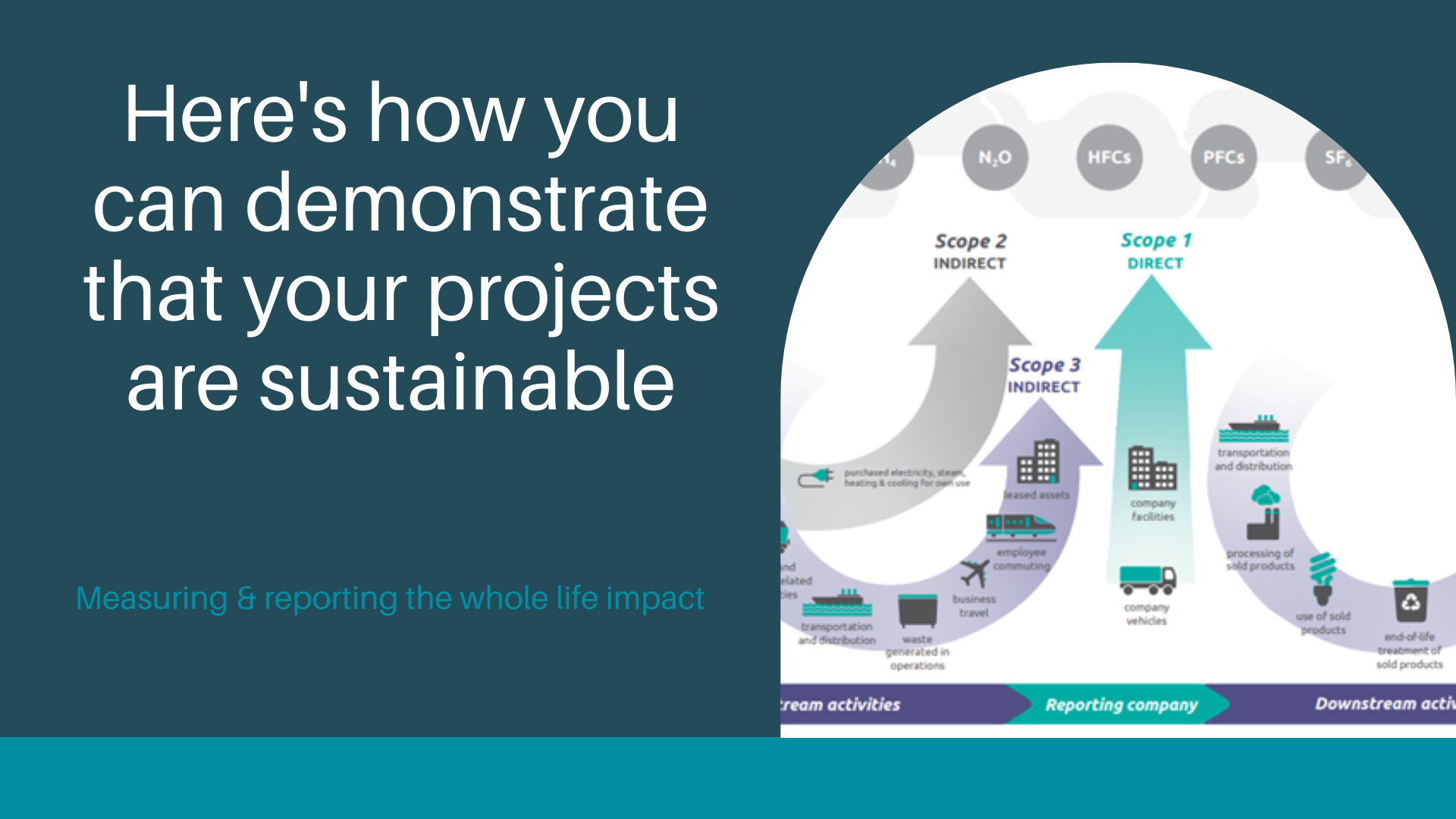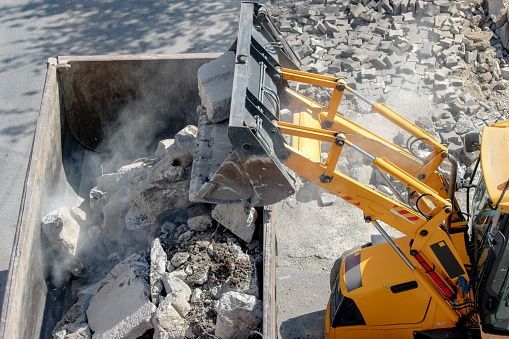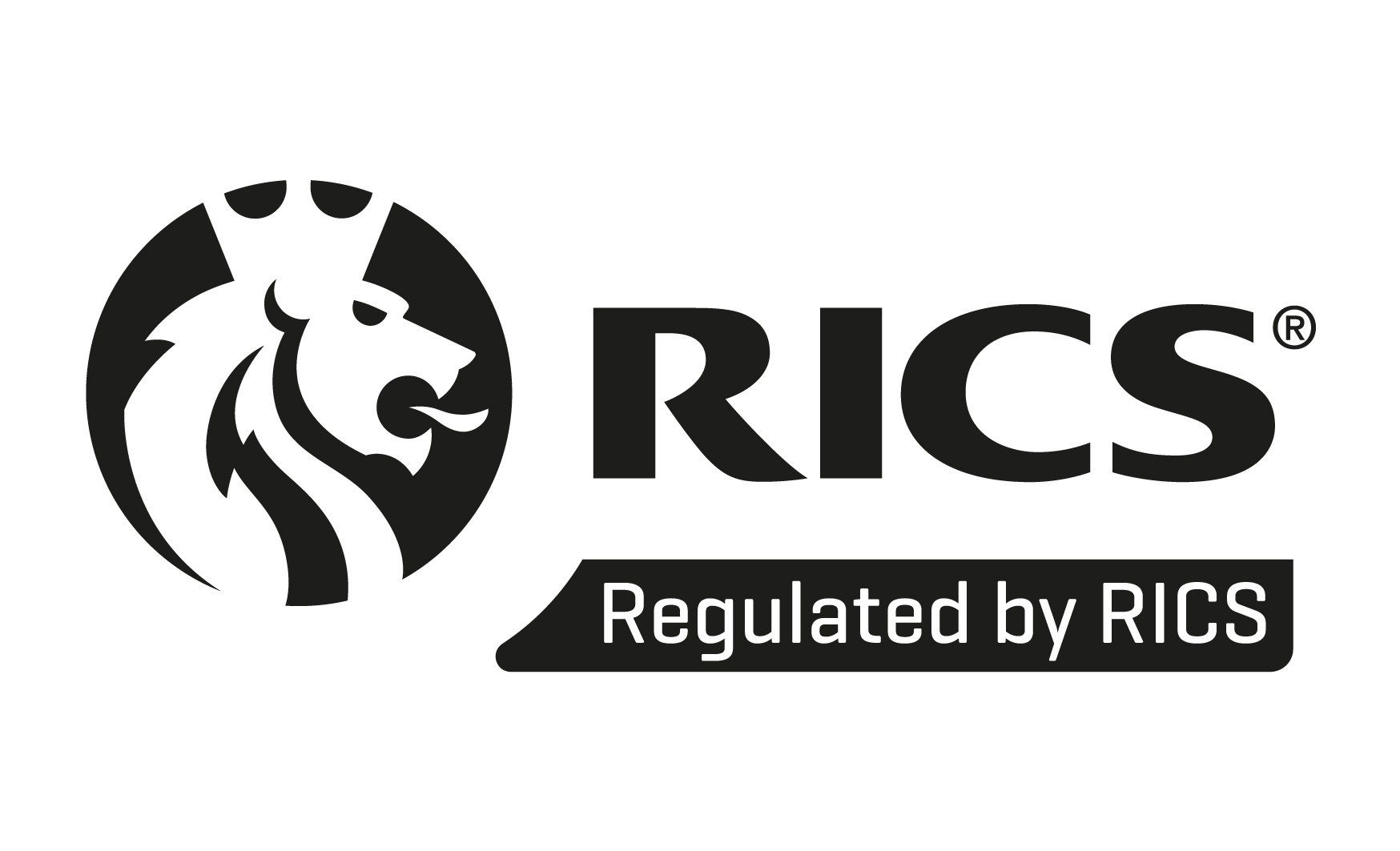How can you design net zero projects?
Understanding and reducing whole life carbon through design
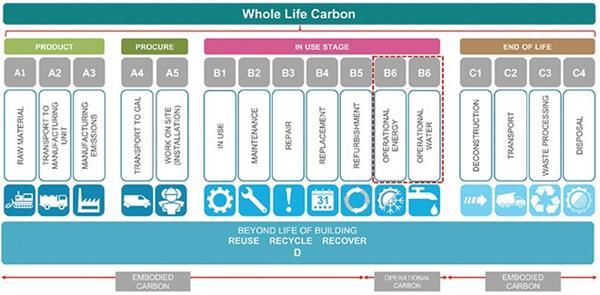
The reduction of energy use in both the development and use phases of our assets will have a significant impact on the built environment’s ability to minimise its impact on the environment in the coming years.
This will include both existing assets, as well as new developments.
It has been estimated that around 80% of the assets that may exist in the year 2050 have already been constructed (2050 is when scientists advise us that the world needs to be at “net zero”). One part of the puzzle will therefore be to address any existing assets and decide whether or not these should be retained and improved, or removed, recycled or rebuilt into more efficient assets.
Your approach to the management of design will be critical whatever the decision.
For both the upgrade of existing assets and for new developments, the focus will have to be on utilising the design process to reduce the whole life carbon of an asset, as follows:
- Assess the need for the asset / project in the first place,
- Then once the demand situation is clarified, to carefully reduce both embodied energy, and operational energy
- Once energy use is minimised, to seek more environmentally sustainable (lower impact) options for each
As a brief explainer (and to keep it simple) the constituents of whole life carbon include
- Embodied carbon – includes all of the energy / environmental impact arising from the building of an asset. This includes everything from extracting the raw materials, through transporting to site and erection. Embodied carbon is relevant to both the initial construction as well as throughout ongoing maintenance, repair, upgrade over the overall life of the building and finally, end of life or disposal.
- Operational carbon - which includes all of the impact arising from the asset once in use and includes all the energy consumed as part of running the facility, including for the provision of heating, lighting, ventilation, water, information technology and so on.
Appointing the right design team
Working with your professional advisers, you can seek to appoint a design team and project managers who share your vision to reduce both of these (embodied and operational carbon), and then to follow this up by procuring contractors and suppliers who also work carefully to fulfil the sustainable design brief. It is recommended that carbon literacy requirements are included when procuring your professional team and design team appointments from the earliest project feasibility stages, and then apply similar requirements for your suppliers and contractors.
Addressing Embodied Carbon
The reduction of embodied carbon is an exercise in efficiency.
Site optimisation commences with identifying the minimum required to deliver the intended asset outcome. For example, how small a building can you build whilst maximising revenue?
Building orientation considers the most appropriate way to work with the natural layout and environs of the site and the form of the structure.
Smart thinking then investigates different options for resource and material minimisation, substitution, thought-through sourcing and reduction of waste.
Finally, what will happen to the materials at the end of life?
Reducing Operational Carbon
To address operational carbon, the appropriate approach is to first focus on passive design principles to reduce energy demand, and then to minimise the need for active services, which can themselves be further optimised through smart controls and demand management.
Passive approaches can include working with the site to achieve natural heat balancing, insulation, ventilation, daylighting and so on.
Once energy demand is reduced, the final strategy is to secure renewable sources of power. There are various options now available for low carbon services to deliver the main energy uses:
- Heating (or cooling)
- Ventilation
- IT use, and
- Lighting
The energy performance of the available technologies will continue to improve as energy efficiency standards and technologies evolve. The use of government incentives will also drive competition and innovation in these areas, as well as the availability of capital allowances which encourage energy efficiency.
Improving your concept for future development
Working with professional advisors allows you to include and specify targets for low carbon throughout the development cycle, regularly updating and managing accurate design stage estimates of total energy usage.
Once the project is completed you will also want to review actual energy and carbon impact through post-occupancy evaluation to inform future project developments, approaches to maintenance and facilities management and to embed behavioural change.
Many professional practices, suppliers and contractors have made a declaration of climate and biodiversity emergency and an associated public commitment to positive change. Achieving net zero will take concerted effort to review how we collectively design, build and use the built assets. Evenlode Roadside can carefully guide you through these emerging pathways.

